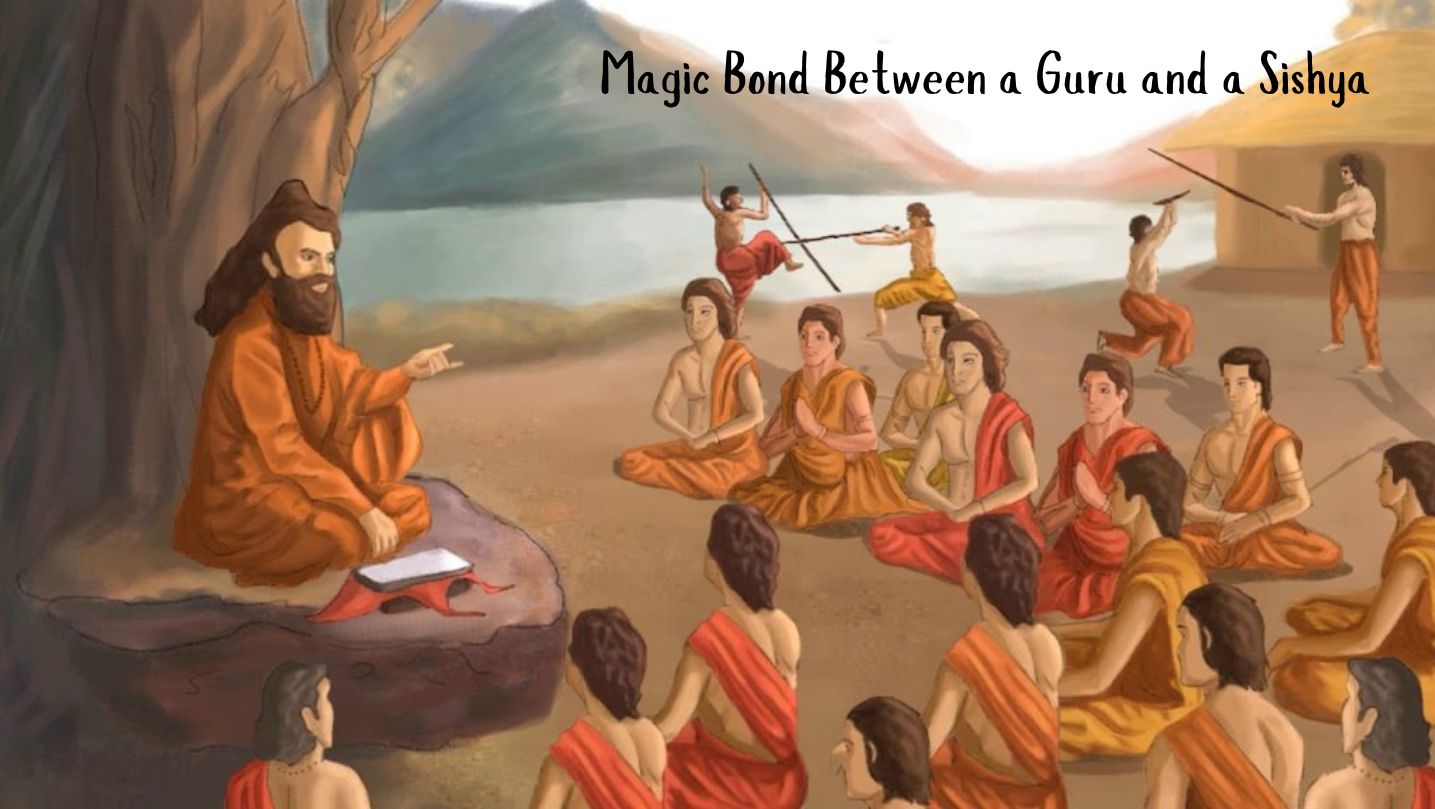The Sabbath Strike: Israel’s Lightning Raid on Osirak
✍️ Narrated in honour of those who flew into history
Prologue: A People Forged in Fire
The story of Israel is not merely the tale of a nation—it is the resurrection of a people who rose from the ashes of history. For centuries, Jews were scattered, persecuted, massacred. Europe turned its face away as six million Jews were led to slaughter under the Nazi boot. In 1948, they reclaimed their birthright—Eretz Yisrael, a sliver of land no bigger than a thumbprint on the world map, surrounded by hostility.
Every child born in Israel was not just a citizen but a soldier-in-waiting. Defence was not a department—it was a national instinct. And in this fiercely self-reliant republic, where every citizen could be called up with a single whisper of “Decree 8”, every enemy’s threat was taken with deadly seriousness.
And in 1981, that threat had a name: Saddam Hussein.
Saddam’s Gamble
Saddam, the swaggering dictator of Iraq, had set his sights on nuclear power—not for progress, but for annihilation. His nuclear reactor at Osirak, built with French help, was inching towards completion. Iraqi scientists had begun enriching uranium. And Saddam made no bones about its intended use.
"The Zionist entity will vanish in a single flash," he thundered.
Israel was under a ticking clock. Intelligence agencies confirmed the reactor would be fuelled within weeks. Once it went “hot”, an attack would risk radioactive fallout across Baghdad—killing thousands of civilians. There was only one option:
Strike. Before it’s too late.
The Sand Mirage
In a remote corner of the Sinai desert, the Israeli Air Force (IAF) built a full-scale replica of Osirak. Eight F-16s and six F-15s were selected. These were not just any planes—these were newly acquired from the U.S., barely integrated into the IAF.
The pilots, led by Commander Ze’ev Raz, trained for weeks in silence. Every angle of approach, every bomb trajectory, every radar blind spot was rehearsed. Each F-16 pilot was assigned a specific target point on the reactor. The mission was given a simple name:
Operation Opera.
Sunday, the Day of Judgment
June 7, 1981.
As the world relaxed on a lazy Sunday, the strike team assembled at a desert airbase. No families. No farewells. Just silence. The planes were armed with American-made 2,000 lb laser-guided bombs. The pilots were briefed one last time. Fuel calculations were razor-thin—there would be no second attempt.
Commander Raz bowed his head beside his aircraft and whispered:
“Grandfather, the world forgot you in Auschwitz. Tonight, I remember.”
Into Enemy Skies
Flying low—just 30 metres off the ground—the formation sliced through Jordanian airspace undetected. Or so they thought.
On a luxury yacht below, King Hussein of Jordan spotted them and immediately recognized the Israeli markings. He ordered a warning be sent to Iraq.
Fate intervened. The radio operator, engrossed in the Sunday cruise, forgot.
Strike from the Shadows
As the sun dipped over Baghdad, the Israeli jets climbed steeply and broke formation. From the dusk-lit sky, Osirak appeared—a silver dome shimmering like a target on a sniper’s scope.
Raz’s voice crackled in the cockpit:
“This is for the six million.”
The first bomb hit the reactor’s dome dead center. The second sheared the left support. The third tore through the reactor core. Within 80 seconds, the Osirak nuclear facility was reduced to rubble. Not a single bomb missed its mark.
Homeward Bound
The jets rocketed upwards to 40,000 feet, racing westward back home. The silence was finally broken—not by chatter, but by prayers in Hebrew.
All fourteen pilots landed safely. Families wept. Israel had pulled off the impossible.
Epilogue: The World Reacts
The next day, the world woke up to a shockwave. Iraq’s nuclear dream had been vaporized. Western governments condemned the act publicly. But behind closed doors, President Reagan’s administration sent quiet congratulations.
Saddam’s nuclear ambitions were buried under the Iraqi sand.
Years later, during the Gulf War of 1991, American intelligence officers admitted:
“Had Israel not destroyed Osirak, we would have faced a nuclear-armed Iraq.”
Legacy
The raid was studied in military academies around the world. It redefined preemptive strike doctrine. For Israel, it was more than a mission—it was a message:
Never again.
🛫 From the skies over Baghdad, a legacy was born. And in those 80 seconds, history was not just made—it was avenged.
 Wing Commander BS Sudarshan is a former Indian Air Force pilot with over 12,000 flying hours. He participated in Operation Pawan and Operation Cactus before he transitioned to civil aviation. A passionate writer, he has authored six books, including "Hasiru Hampe", appreciated by S L Bhyrappa, and the latest "Evergreen Hampi". He is a regular contributor to the Verandah Club.
Wing Commander BS Sudarshan is a former Indian Air Force pilot with over 12,000 flying hours. He participated in Operation Pawan and Operation Cactus before he transitioned to civil aviation. A passionate writer, he has authored six books, including "Hasiru Hampe", appreciated by S L Bhyrappa, and the latest "Evergreen Hampi". He is a regular contributor to the Verandah Club.
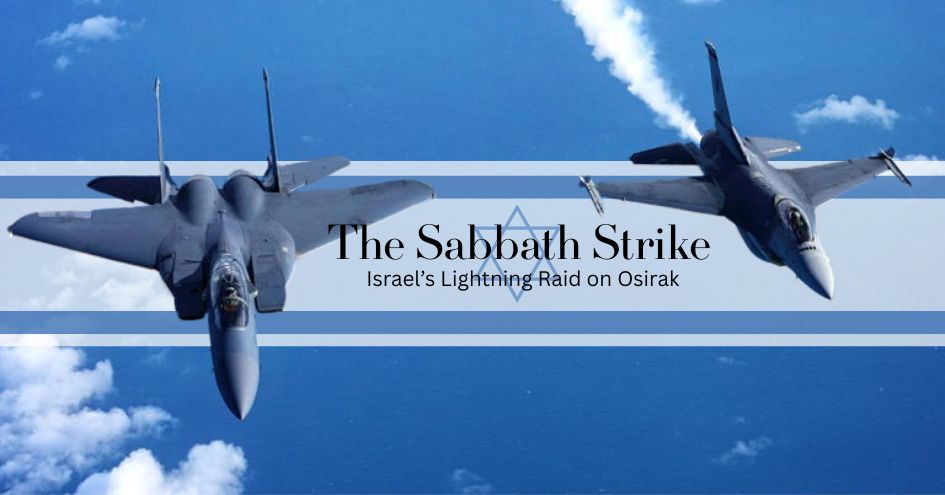
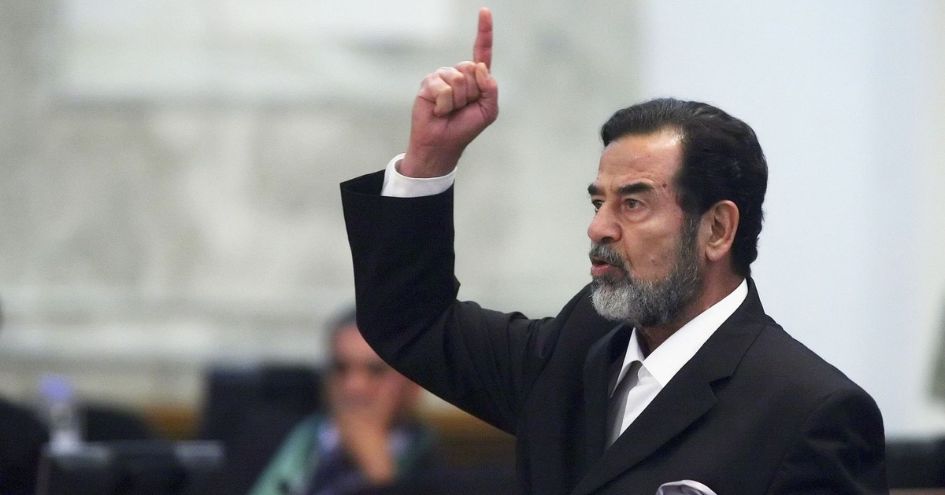
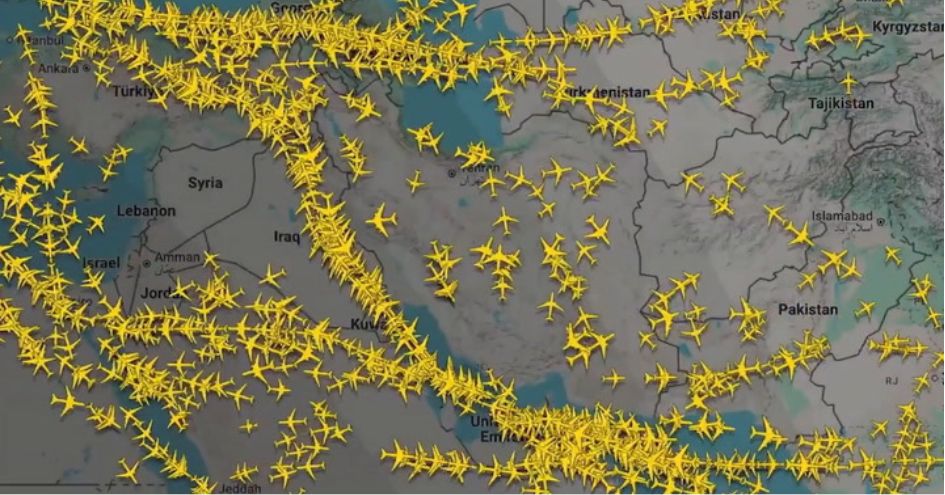
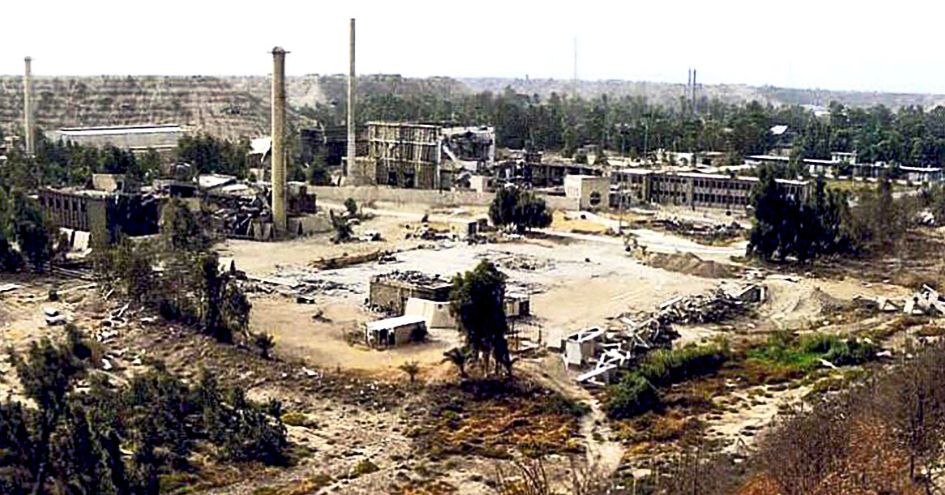
 Wing Commander BS Sudarshan is a former Indian Air Force pilot with over 12,000 flying hours. He participated in Operation Pawan and Operation Cactus before he transitioned to civil aviation. A passionate writer, he has authored six books, including "Hasiru Hampe", appreciated by S L Bhyrappa, and the latest "Evergreen Hampi". He is a regular contributor to the Verandah Club.
Wing Commander BS Sudarshan is a former Indian Air Force pilot with over 12,000 flying hours. He participated in Operation Pawan and Operation Cactus before he transitioned to civil aviation. A passionate writer, he has authored six books, including "Hasiru Hampe", appreciated by S L Bhyrappa, and the latest "Evergreen Hampi". He is a regular contributor to the Verandah Club.
